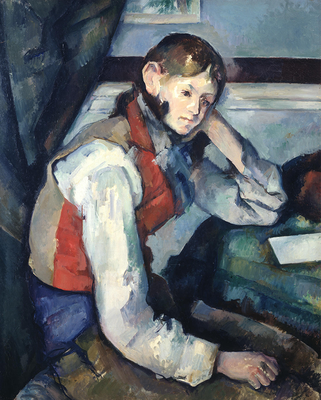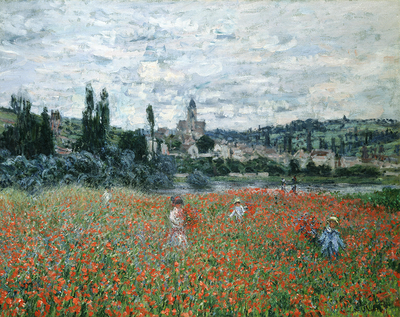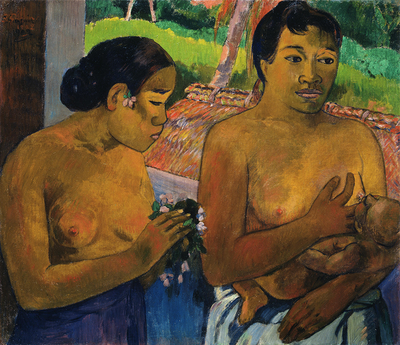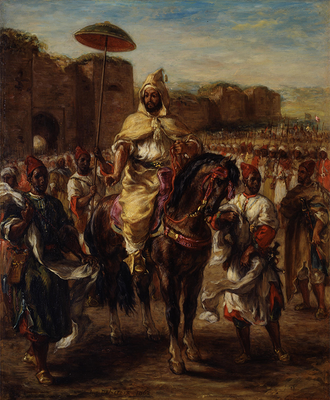

The world-renowned Impressionist works bequeathed by Emil Bührle (1890-1956) are closely intertwined with his activities as an armaments industrialist and with contemporary history, which is the subject of a detailed documentation. It is part of the tour through the halls, in which around 170 works are shown on more than 900 m2 , and conveys the historical context of Bührle's role as industrialist, patron and collector, who was closely associated with the Kunsthaus.
Gifts such as the large-format water lily paintings by Claude Monet or the Gates of Hell by Auguste Rodin have become an integral part of the collection. By financing an exhibition wing in the 1950s, Emil Georg Bührle created a platform for unique events, where art and the public meet directly to this day.
The digitised archive of the Bührle Collection and that of the Zürcher Kunstgesellschaft is open to researchers in the Kunsthaus Library. A thorough presentation 'The Emil Bührle Collection. History, Complete Catalogue and 70 Masterpieces' (2021) by Lukas Gloor, long-time director of the collection, places it in the larger context of the cultivation of modern art in the 20th century. This creates both easily accessible and academically sophisticated conditions for studying the Emil Bührle Collection.
Website of the E.G. Bührle Foundation
Guidelines for the presentation and research of the Foundation E. G. Bührle Collection (German)
Evaluation of the provenance research
Media release evaluation provenance research: Expert report published
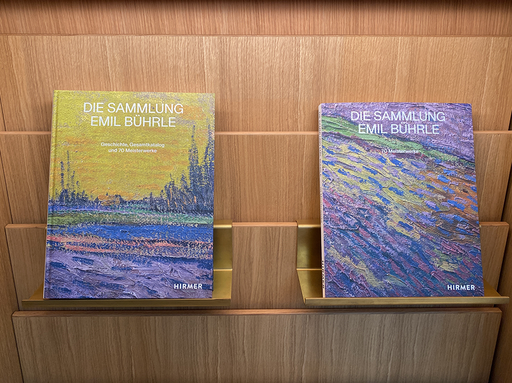
Collection Publications
Comprehensive Catalogue | CHF 76.–
This publication combines a comprehensive catalogue on the history and documentation of the Collection Emil Bührle with insights into Bührle as an industrialist and collector. It situates the works in the context of modernism, Switzerland, and transatlantic exchange, and features 70 masterpieces. Available in German in our museum shops.
70 Masterpieces | CHF 29.–
This edition presents 70 masterpieces from the collection in seven chapters with accompanying texts. Available in German and English in our museum shops.
